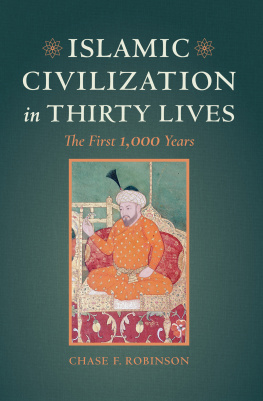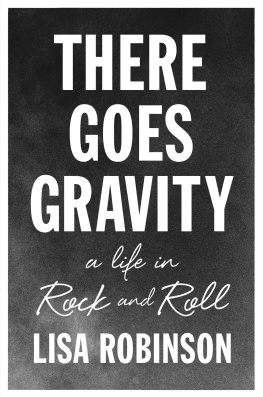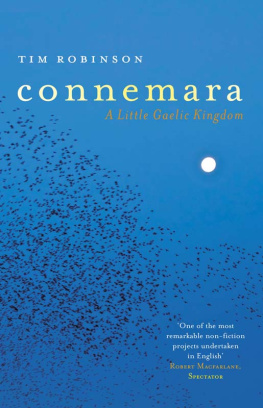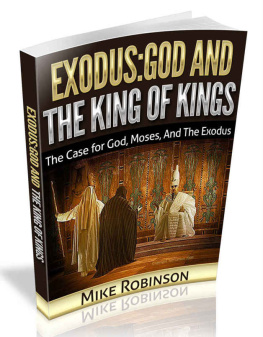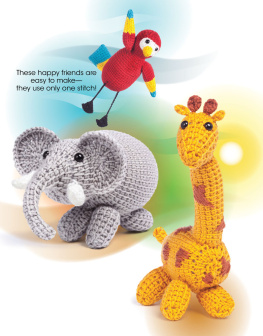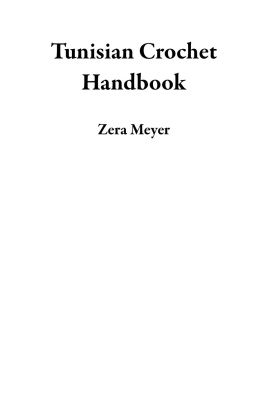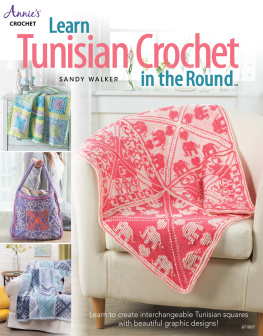Contents
Guide
TUNISIAN
CROCHET
WORKSHOP
The complete guide to modern Tunisian crochet stitches, techniques and patterns
Michelle Robinson

www.sewandso.co.uk
To my beautiful granny Thelma for patiently teaching me all she knew and inspiring my lifelong passion for crochet. I think of you with every stitch I make.
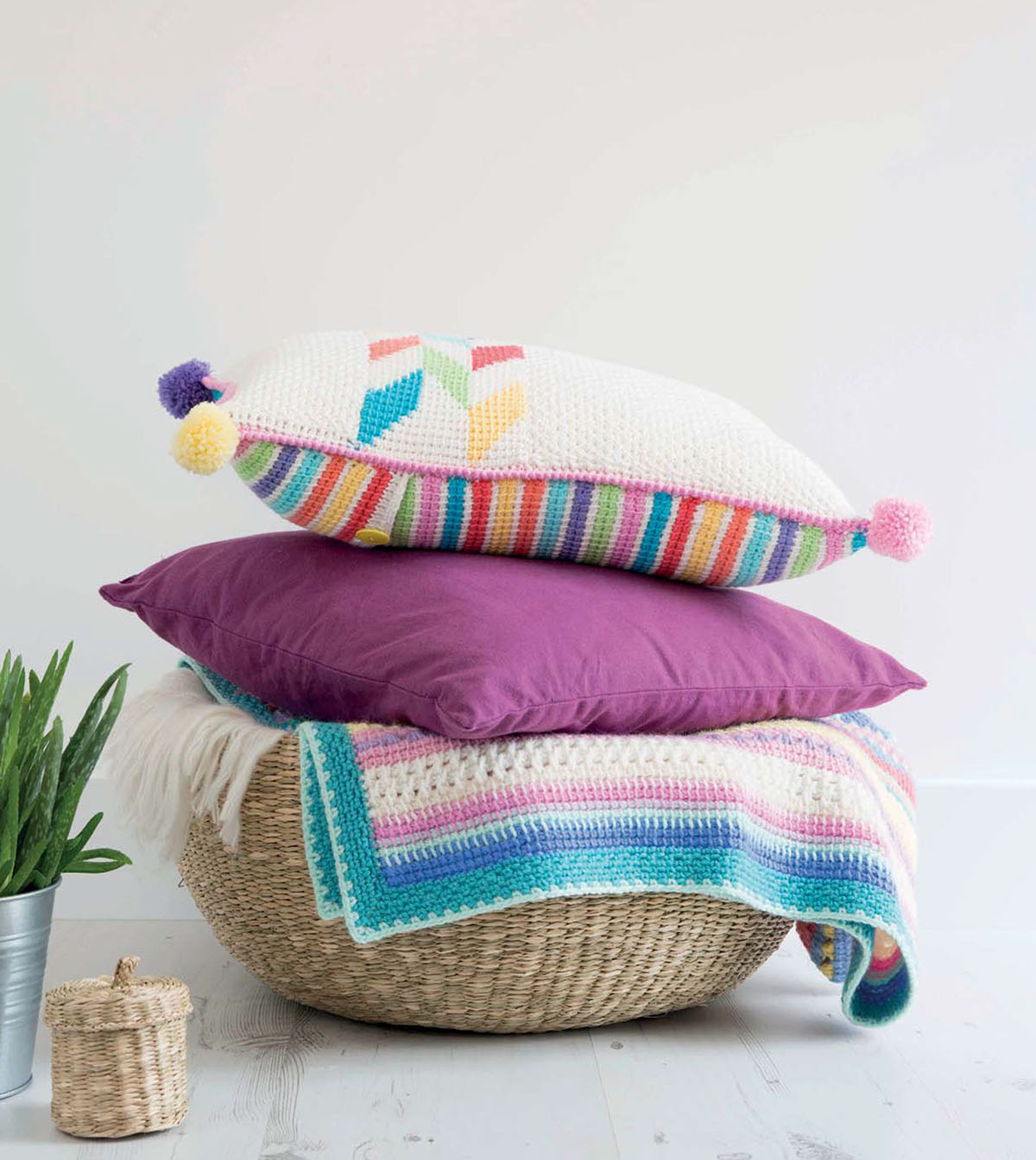
CONTENTS
INTRODUCTION
Tunisian crochet has been around for some time but has often been overlooked as the poor cousin to crochet or knitting. In recent times, however, it has been enjoying a modern revival and I couldnt be more delighted to have this opportunity to bring an old craft to you in a new way.
This book is designed to be used by everyone for the complete novice I suggest you start at the beginning. As you work through the pages you will learn everything you need to know to begin your Tunisian crochet journey from the equipment you need, to basic stitches and techniques, to some more detailed stitch patterns and projects. For those of you that already know the basics of Tunisian crochet, this book can be used as a handy reference guide to techniques and stitch patterns as well as suggesting new projects to try.
All of the projects have been designed to include a broad range of the stitches and techniques shown within the book to give you the opportunity to practice these skills as well as creating beautiful finished items.
I hope as you flick through the pages you will be inspired to pick up your Tunisian hook and hopefully a new passion will be ignited as you discover all the possibilities Tunisian crochet has to offer.
Happy hooking,
Michelle
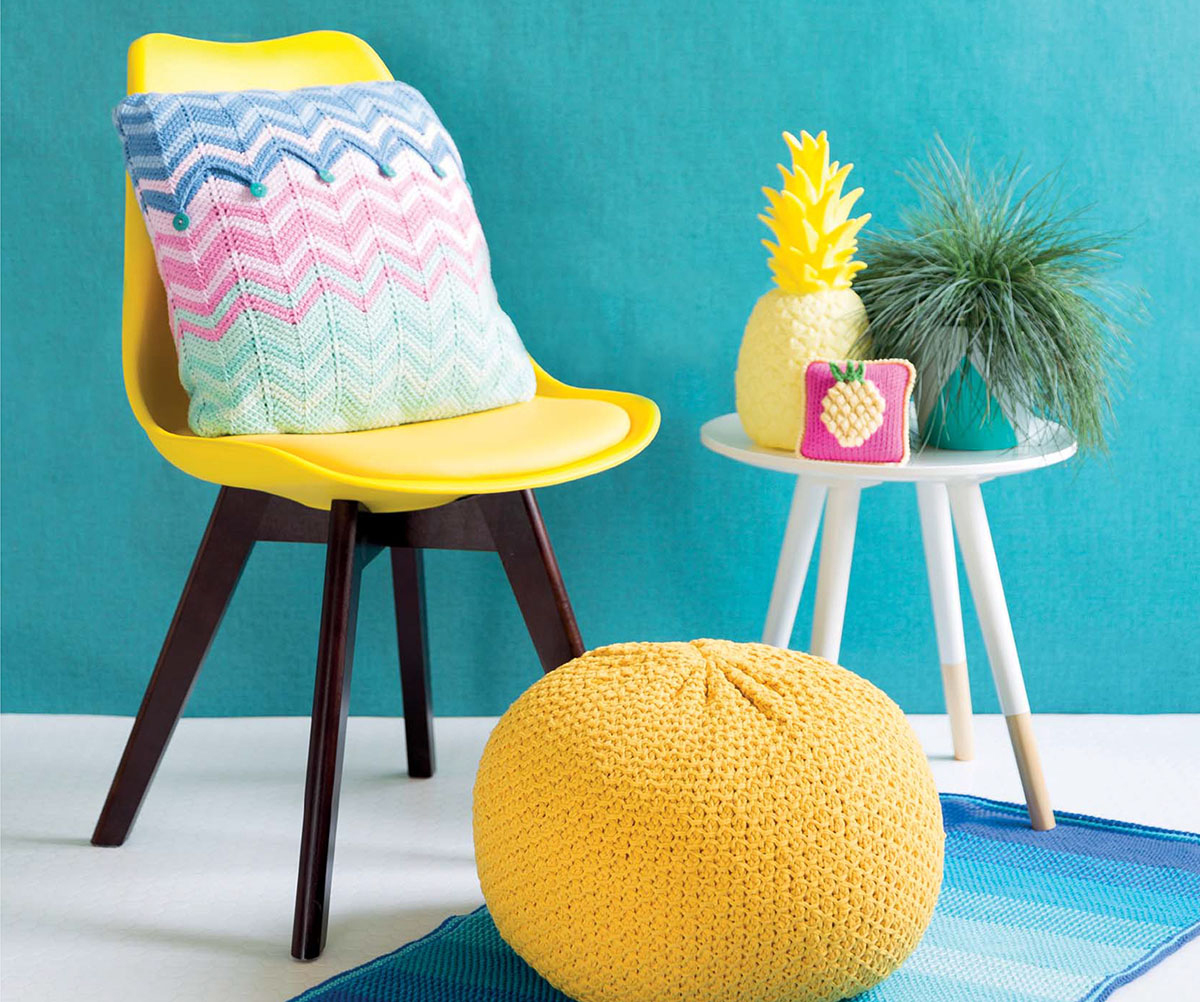
ABOUT TUNISIAN CROCHET
Often referred to as a fusion between knitting and crochet, Tunisian crochet produces a unique, woven-like fabric. Traditionally used to create thicker items such as blankets, it is also known as Afghan crochet.
Some stitches are unique to Tunisian crochet, yet crocheters and knitters alike will find similarities in the way some stitches are formed.
For example, crocheters will recognise stitches such as Double Crochet and Treble Crochet which are worked in exactly the same way as regular crochet except for the insertion point. Similarly, knitters will recognise stitches such as Tunisian Knit and Purl stitches. While not worked exactly the same way as in knitting, there are similarities in the principles of the stitches and certainly in the look of the finished stitch.
The key differences with Tunisian crochet compared to crochet are:
The work is never turned and you will always be working with the right side facing you.
Rows are worked in two stages: The first stage, the Forward pass, in which stitches are picked up and the loops are left on the hook. The second stage, the Return (or reverse) pass, is where the loops are linked together with a chain stitch as they are dropped back off the hook.
A long hook with a stopper or a cable is required to accommodate the loops being left on the hook. However if you are only making a small piece of Tunisian crochet, you can do this with a regular crochet hook.
A larger hook size is used than the one normally recommended for a particular yarn weight, to accommodate for the thicker fabric that Tunisian crochet produces.
The back of Tunisian crochet fabric has a different appearance than the front. Unlike regular crochet where the back of the fabric is very similar, Tunisian crochet stitches create small bumps at the back of your work, much like the back of knitted Stockinette stitch.
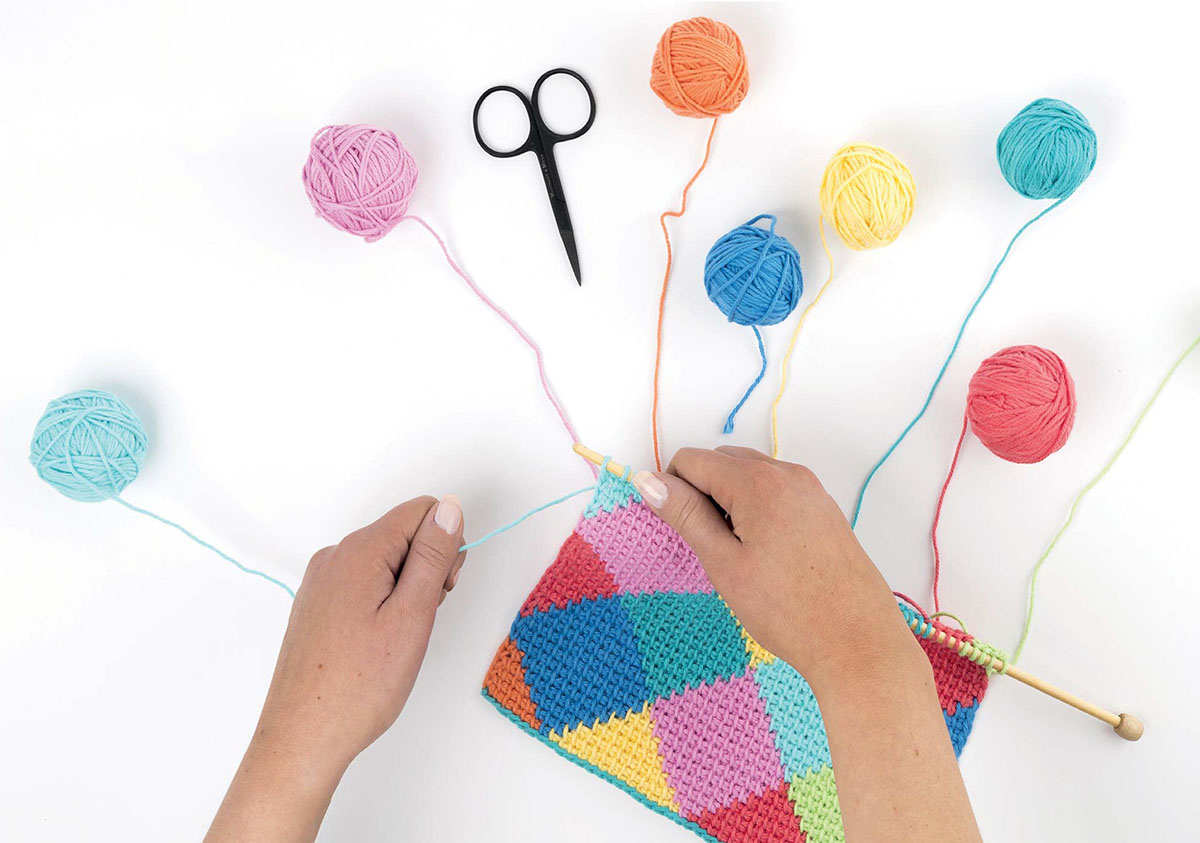
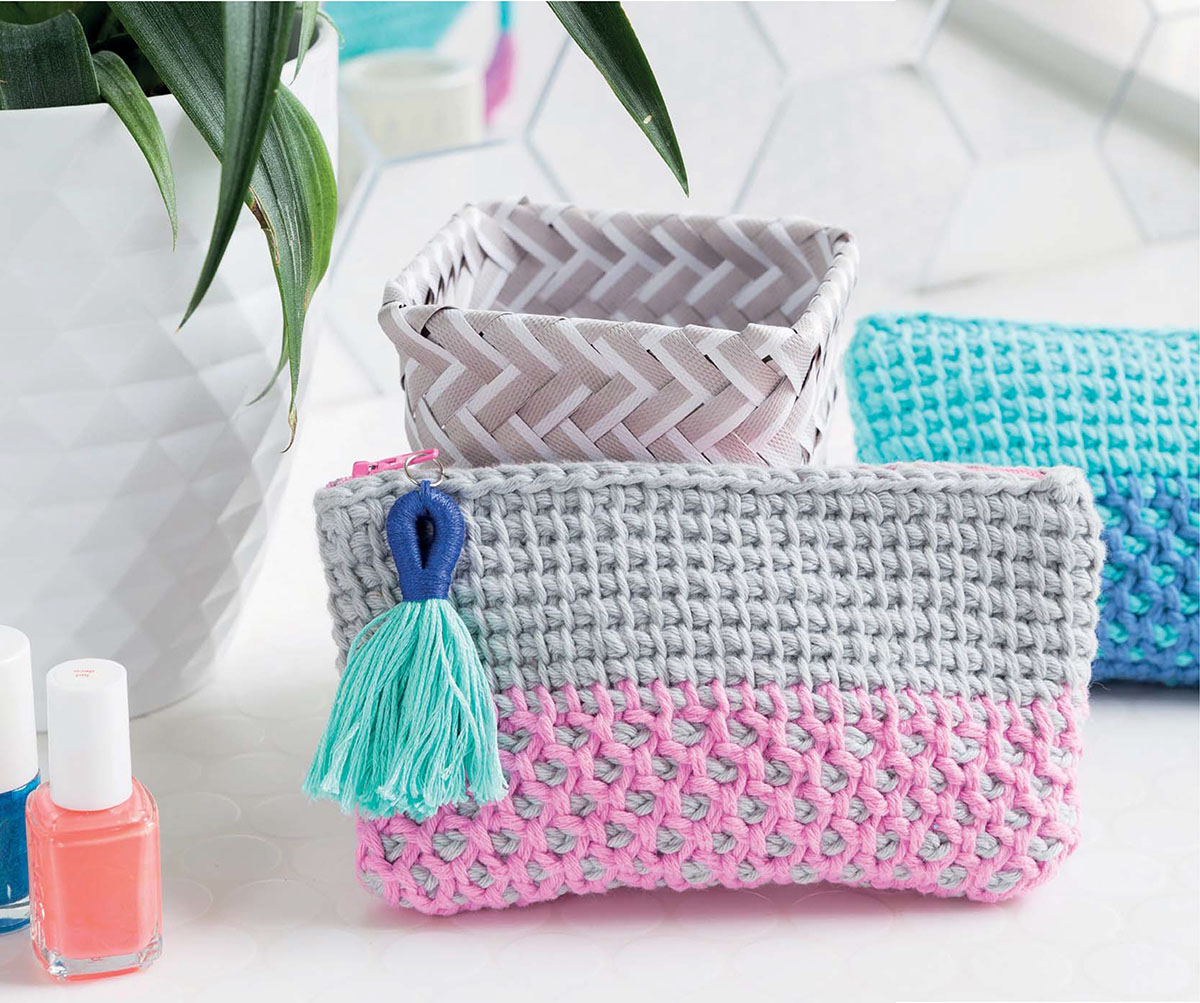
THE ESSENTIALS
Starting from the very beginning...
This section covers everything you need to know before you even pick up your Tunisian crochet hook.
It will introduce you to the tools you need and the different types of yarn the fundamentals for any crochet project.
TOOLS AND EQUIPMENT
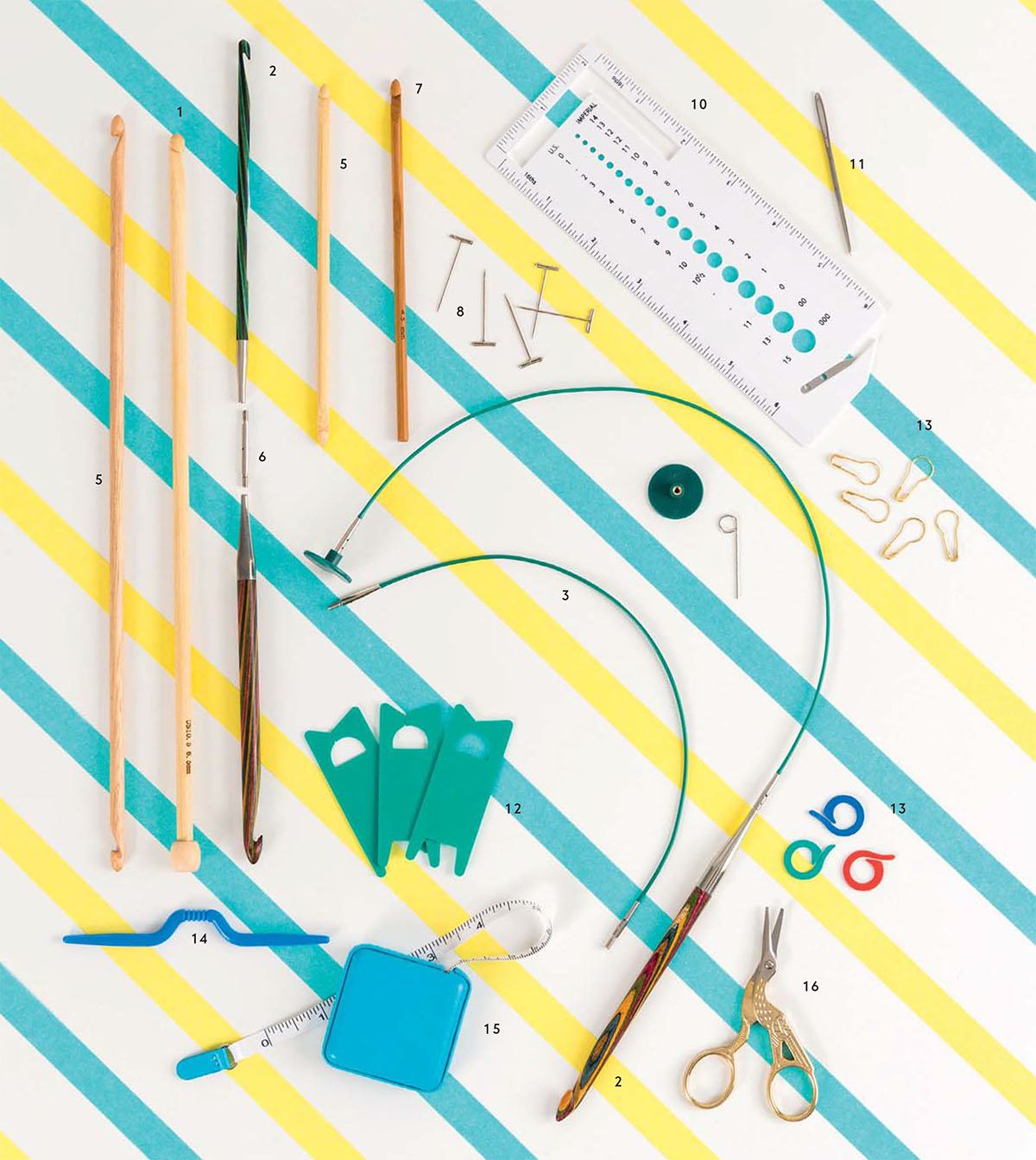
1. RIGID TUNISIAN HOOK
Generally around 30-35cm (12-14in) in length with a hook at one end and a stopper at the other end, this type of hook is the most commonly available. This type of hook is not suitable for projects that require a lot of stitches such as a blanket or shawl.
2. INTERCHANGEABLE HOOK
These hooks are the same length as a regular crochet hook with a fastening device at one end for attaching a cable. This can screw in to the hook or snap on, depending on the manufacturer. You will need to purchase a cable separately (item 3).
3. INTERCHANGEABLE CABLE
These cables are used with interchangeable crochet hooks. They come with a tightening tool and detachable stoppers and can be connected together to make various lengths as required.
4. HOOK WITH FIXED CABLE (NOT SHOWN)
Similar to an interchangeable hook except that the cable is fixed and you are restricted to that length.
5. DOUBLE-ENDED HOOK
Used for working in the round. These come in two different lengths of around 15cm (6in) or 30-35cm (12-14in). Be careful when purchasing a double-ended hook as some are sold with different sized hooks at each end. These are not intended for Tunisian crochet in the round but are sold as versatile regular crochet hooks containing 2 sizes in one hook.
6. DOUBLE-ENDED HOOK CONVERTER
Using two interchangeable hooks in the same size (item 2) and this connector, you can convert your hook into a double-ended hook. Once connected it will measure around 30cm (12in), so can be used for smaller and larger projects.
7. CROCHET HOOK
As long as it doesnt have a handle and preferably without a thumb grip, you can use a regular crochet hook for Tunisian crochet that requires only a few stitches worked at a time, such as Entrelac. You can use a rubber band to keep your stitches from falling off the end.
8. PINS
Used for pinning out your work when blocking. Make sure they are rust proof so as not to stain your work.
9. BLOCKING BOARD (NOT SHOWN)
Interconnecting foam boards found in toy shops or hardware stores are ideal for using as blocking boards.
10. HOOK AND STITCH GAUGE TOOL
Used for measuring stitch and row counts and checking hook size.
11. WOOL TAPESTRY NEEDLE
Used for weaving in ends and joining pieces together. Best with a large eye and fairly blunt point.
12. YARN BOBBINS
For projects that use several colours at the same time such as intarsia, to keep yarn manageable.
13. STITCH MARKERS
Used to mark stitches such as the start or end of a round, a pattern repeat, stitch positioning or short row.



